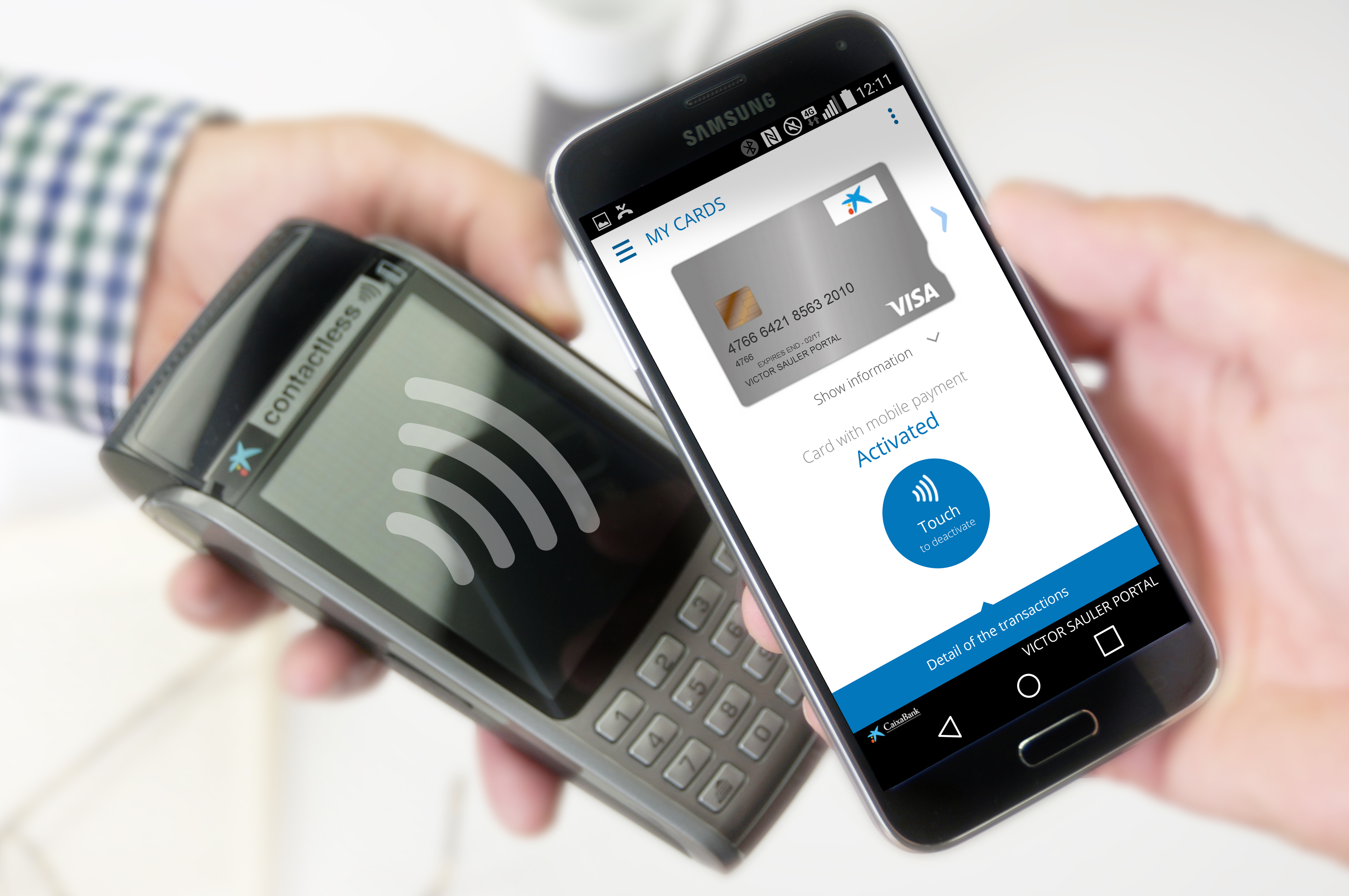 The Future of Payments – There is a claim from many quarters of the business world that cash is dead. I wouldn’t go so far as to declare a day of mourning for coins and notes quite yet (after all it was only recently that the Bank of England released its new, ‘indestructible’ five-pound note) but there is no question that when looking further afield you can see it’s days are numbered.
The Future of Payments – There is a claim from many quarters of the business world that cash is dead. I wouldn’t go so far as to declare a day of mourning for coins and notes quite yet (after all it was only recently that the Bank of England released its new, ‘indestructible’ five-pound note) but there is no question that when looking further afield you can see it’s days are numbered.
The world of payments has gone through a radical transformation over the last decade and as technology continues to evolve exponentially, the way we pay is set to transform itself once again.
Customers and consumers want increasingly quick and easy payment solutions, which don’t detract from their overall shopping experience and provide a seamless and frictionless service.
The challenge for companies is the ability to build customer loyalty and “stickiness” to their brand through their marketing channels and all customer touchpoints – whether via outlet, store, website or mobile. Technology providers are striving to create fast-to-market solutions to meet end customers’ demands and therefore their direct clients’ needs whilst minimising their own risk and liability, and yet ensuring their compliance with the regulations that govern all service and payment methods. However, as the market evolves, the legislation itself needs to be able to keep up with the changing face of payments – but that’s a whole other story.
We spoke to payments industry expert Niki Akhurst about her feelings towards this behaviour shift and how companies are reacting to market needs.
Niki has been engaged in the payments and financial services marketplace for more than a decade, working with a range of different business entities and organisations (global, domestic and start-ups) as well as being an industry Awards judge and association Board advisor/member. Of late she has been involved with a charity that works across the payments and retail industry, generating micro-donations for UK charities at the point of purchase through card and non-cash payment transactions.
 “The retail environment has always embraced disruptive technologies, either by looking for new ways to meet customer-driven behaviours or to introduce new payment solutions that reduce the merchant cost base and/or time to market implementation. Retail will continue to revolutionise the marketplace as they strive to keep up with customers and the way they embrace new technologies.
“The retail environment has always embraced disruptive technologies, either by looking for new ways to meet customer-driven behaviours or to introduce new payment solutions that reduce the merchant cost base and/or time to market implementation. Retail will continue to revolutionise the marketplace as they strive to keep up with customers and the way they embrace new technologies.
“However, businesses in general such as the financial services industry need to realise that the customer is leading the charge for payments to be made from any device they happen to be using at the time – as quickly and friction-free as possible. They don’t differentiate between channels, they just look for what works for them and makes their life easy, as they are time poor”
So how would she see this evolving?
“The ideal development is to create a “one-stop” solution that is modular and can deliver a number of variable components by ‘aggregating’ different ways to pay. Although the technology companies are working hard to deliver this, we are still a little way off that ultimate ambition.
“Before we can get there, we must ‘play catch up’ and match the technology to what the customer has, uses, wants and needs, as well as reducing the reliance many retailers have on legacy platforms.
“Historically, market-changing developments in payments have been costly and require long lead-times for implementation. But as consumers’ access to the fast-changing world of technology continues to gather pace, the payments companies and merchants are actively developing new products and solutions to improve their time-to-market lead-times and costs.
“Now, they are delivering digital payment platforms at point-of-sale, that also host value-added services provided by third parties, through app-based programmes which are owned and operated by the solution providers themselves. Retailers that have refused to embrace new technologies such as Contactless payment at till have suffered business slow-down and customer loss so retailers are now looking to make sure that they are not left behind this time.
“Added to this, companies and managers need to give something back to the consumer to engage and maintain customer/employee satisfaction and loyalty.
“The retail environment is generally quite good at innovating and one of the most recent and successful trends around engagement has been with Click & Collect.”
Click & Collect is now the third most popular digital service in the UK and shoppers are enthusiastic about its flexibility whilst retailers are keen to simplify the customer’s overall purchasing journey using technology as the mechanism. In a 2016 survey, high street bank, Barclays claimed that Click & Collect volumes were anticipated to rise from 26.1% to 35% by 2018.
Also, Apple Pay and Android Pay have started to make in-roads into the payments market and these companies are actively engaging their customer base to utilise their mobile devices for all and every payment they make. These companies are involved in recruiting retailers to their payment services solutions so that customers can both purchase and pay through their mobile devices.
High value contactless is also strengthening the case for mobile over traditional plastic as the payment value can be increased for customers purchasing through a mobile wallet as due diligence and validation of the customer have already taken place through the sign-up process of enabling their mobile payment solution. And as retailers continually look to engage their customers the growth of loyalty programmes intrinsically linked to mobile payment platforms will increase. The likes of Apple and Samsung would like nothing more than for us to keep our wallets in our pockets and carry out the complete transaction – payment and loyalty – with one device.
BW
Tags: Payments, Retail

 Share On Facebook
Share On Facebook Tweet It
Tweet It


















